"Ailuropoda melanoleuca: Giant Panda." Encyclopedia of Life. Retrieved August 26, 2014.
- Available at: http://eol.org/pages/328070/overview
Bergner, Chris. "Adaptation and Evolution of the Giant Panda." ReoCities. Retrieved August 26, 2014.
- Available at: http://www.reocities.com/rainforest/vines/2695/genetics.html
Bies, LeeAnn. 2002. "Ailuropoda melanoleuca: Giant Panda (On-line)." The Animal Diversity Web. University of Michigan Museum of Zoology. Retrieved August 26, 2014.
- Available at: http://animaldiversity.ummz.umich.edu/site/accounts/information/Ailuropoda_melanoleuca.html
Boelens, Bo; Watkins, Michael; and Grayson, Michael. 2009. The Eponym Dictionary of Mammals. Johns Hopkins University.
Caliendo, Mary. 2014. "Panda Dung Tea." BellaOnline: Tea Site. Retrieved August 26, 2014.
- Available at: http://www.bellaonline.com/articles/art175774.asp
Chan, Royston. 19 March 2012. "Poo for Tea: China's Pandas Brew a Top Drop." Retrieved Reuters. August 26, 2014.
- Available at: http://www.reuters.com/article/2012/03/19/us-china-panda-tea-idUSBRE82I04O20120319
"Chinese Tea Areas." Teavivre. Retrieved August 26, 2014.
- Available at: http://www.teavivre.com/info/chinese-tea-areas/
Chorn, John; and Hoffman, Robert S. 1978. "Ailuropoda melanoleuca." Mammalian Species 110:1-6.
Corbet, G.B.; and Hill, J.E. 1992. The Mammals of the Indomalayan Region: A Systematic Review. Oxford, UK: Oxford University Press.
Crienglish.com. 21 June 2014. "Lu'an Gua Pian, Unique Green Tea Promoted at Laoshe Teahouse." Strait to Taiwan. Retrieved August 26, 2014.
- Available at: http://www.strait2taiwan.com/content/lu%E2%80%99-gua-pian-unique-green-tea-promoted-laoshe-teahouse
FAO. 2003. Medium-term Prospects for Agricultural Commodities: Projections to the Year 2010. Rome, Italy: Food and Agriculture Organization of the United Nations.
Farrier, John. 14 November 2011. "World's Most Expensive Tea Made with Panda Poop." Neatorama: Main Blog. Retrieved August 26, 2014.
- Available at: http://www.neatorama.com/2011/11/14/worlds-most-expensive-tea-made-from-panda-poop/#!bIfA9s
"Giant Panda." Atlanta Fulton County Zoo, Inc.: Animals & Plants > Animals > Mammals. Retrieved August 26, 2014.
- Available at: http://www.zooatlanta.org/home/animals/mammals/giant_panda#rZ5CX
"Giant Panda." San Diego Zoo: Animals > Mammals. Retrieved August 26, 2014.
- Available at: http://animals.sandiegozoo.org/animals/giant-panda
"Giant Panda." World Wildlife Fund: Species. Retrieved August 26, 2014.
- Available at: http://www.worldwildlife.org/species/giant-panda
"Giant Panda." World Wildlife Fund: What We Do > Priority Species. Retrieved August 26, 2014.
- Available at: http://wwf.panda.org/what_we_do/endangered_species/giant_panda/?src=footer
"Giant Panda: Ailuropoda melanoleuca." ARKive: Species > Mammals. Retrieved August 26, 2014.
- Available at: http://www.arkive.org/giant-panda/ailuropoda-melanoleuca/
"Giant Panda: Ailuropoda melanoleuca." National Geographic Society: Animals. Retrieved August 26, 2014.
- Available at: http://animals.nationalgeographic.com/animals/mammals/giant-panda/
"Giant Pandas." Smithsonian National Zoological Park. Retrieved August 26, 2014.
- Available at: http://nationalzoo.si.edu/Animals/GiantPandas/default.cfm
Harris, R. B. 2004. "Insights into Population Dynamics of Giant Pandas Gained from Studies in North America." Acta Zoologica Sinica 50:662-668.
Johnson, K. G.; Schaller, G. B.; and Jinchu, H. 1988. "Responses of Giant Pandas to a Bamboo Die-off." National Geographic Research 4:161-177.
Klappenbach, Laura. "Giant Panda." About.com: Education > Animals / Wildlife. Retrieved August 26, 2014.
- Available at: http://animals.about.com/od/carnivores/p/giantpanda.htm
Lai, Fanny; and Olesen, Bjorn. 26 February 2013. A Visual Celebration of Giant Pandas. Didier Millet.
Lindburg, D.; and Baragona, K. (eds). Giant Pandas: Biology and Conservation. Berkeley, CA: University of California Press.
Loucks, C. J.; Dinerstein, E.; Zhi, L.; Dajun, W.; Dali, F.; and Hao, W. 2003. "The Giant Pandas of the Qinling Mountains, China: A Case Study in Designing Conservation Landscapes for Elevational Migrants." Conservation Biology 17:558-565.
Loucks, C. J., Lü, Z., Dinerstein, E., Wang, H., Olson, D. M., Zhu, C. and Wang, D. 2001. Giant pandas in a changing landscape. Science 294: 1465.
Lu, Z., Johnson, W. E., Menotti-Raymond, M., Yuhk, I N., Martenson, J. S., Mainka, S., Shi-Qiang, H., Zhihe, Z., Li, G., Pan, W., Mao, X. and O'Brien, S.J. 2001. Patterns of genetic diversity in remaining giant panda populations. Conservation Biology 15: 1596-1607.
Lü, Z; Wang, D.; and Garshelis, D.L. 2008. "Ailuropoda melanoleuca." The IUCN Red List of Threatened Species. Version 2014.2. Retrieved August 26, 2014.
- Available at: http://www.iucnredlist.org/details/full/712/0
Macht, Daniel. 20 March 2012. "Panda Dung Tea to Hit Market at over $200 a Cup." NBC Bay Area: News. NBC Universal Media, LLC. Retrieved August 26, 2014.
- Available at: http://www.nbcbayarea.com/news/weird/Panda-Dung-Tea-Set-to-Hit-Market-for-Over-200-a-Cup-143364006.html
malayalamchannels. 21 March 2012. "Panda Dung Tea World's Most Expensive at 130 Pounds per Cup." World News Inc. Retrieved August 26, 2014.
- Available at: http://wn.com/panda_dung_tea
Mei Zhang. 23 June 2014. "China Travel Tips: Top 3 Hotels in Chengdu, Sichuan." WildChina Blog. Retrieved August 26, 2014.
- Available at: http://www.wildchina.com/blog/2014/06/china-travel-tips-top-3-hotels-chengdu-sichuan/
Mertz, Leslie Ann. 2004. "Brown Bear: Ursus arctos." P. 303 in Grzimek's Animal Life Encyclopedia, Second Edition. Volume 14: Mammals III, edited by Michael Hutchins, Devra G. Kleiman, Valerius Geist, and Melissa C. McDade. Farmington Hills, MI: Gale Group, Inc., division of Thomson Learning Inc.
myteabreak. 2 May 2012. "Panda Dung Tea -- The World's Most Expensive Tea." Retrieved August 26, 2014.
- Available at: http://blog.myteabreak.com/2012/05/02/panda-dung-tea-the-worlds-most-expensive-tea/
Naumann, Sara. "The Giant Panda Breeding Research Base in Chengdu." About.com: About Travel > China Travel > Sichuan Province. Retrieved August 26, 2014.
- Available at: http://gochina.about.com/od/chengdu/p/PandaBase.htm
O'Connor, Maureen. 14 November 2011. "World's Most Expensive Tea: Panda Poop." Gawker. Retrieved August 26, 2014.
- Available at: http://gawker.com/5859434/worlds-most-expensive-tea-panda-poop
"Panda Dung Is Secret to Most Expensive Tea." Sky News: Strange News, March 19, 2012. Retrieved August 26, 2014.
- Available at: http://news.sky.com/story/4306/panda-dung-is-secret-to-most-expensive-tea
Press, Simone. 18 November 2011. "The World's Most Expensive Tea: Made from Panda Poo!?" ABC News Blogs: Food > Lifestyle. Retrieved August 26, 2014.
- Available at: http://abcnews.go.com/blogs/lifestyle/2011/11/the-worlds-most-expensive-tea-made-from-panda-poo/
Qiu-Hong Wan; Hua Wu; and Sheng-Guo Fang. 2005. "A New Subspecies Of Giant Panda (Ailuropoda melanoleuca) from Shaanxi, China." Journal of Mammalogy 86:397-402.
Reid, D. G.; Jinchu, H.; Sai, D.; Wei, W.; and Yan, H. 1989. "Giant Panda Ailuropoda melanoleuca Behaviour and Carrying Capacity Following a Bamboo Die-off." Biological Conservation 49:85-104.
Reuters. 19 March 2012 (Updated 19 May 2012). "Panda Dung Tea: Chinese Entrepreneur Uses Bear Excrement for $200-A-Cup Organic Beverage." The Huffington Post. Retrieved August 26, 2014.
- Available at: http://www.huffingtonpost.com/2012/03/19/panda-bear-tea-excrement-china_n_1362078.html
Reuters. 20 March 2012. "Pandas Enlisted to Produce High-priced Tea." Chicago Tribune. Retrieved August 26, 2014.
- Available at: http://articles.chicagotribune.com/2012-03-20/news/ct-talk-panda-tea-0320-20120320_1_giant-pandas-tea-sichuan
"Tea Name Lists." Teavivre. Retrieved August 26, 2014.
- Available at: http://www.teavivre.com/info/tea-name-lists/
Wilson, Don E.; and Cole, F. Russell. 2000. Common Names of Mammals of the World. Washington, D.C.: Smithsonian Institution Press.
Wilson, Don E.; and Reeder, DeeAnn M. (editors). 2005. Mammal Species of the World: A Taxonomic and Geographic Reference (3rd ed), Johns Hopkins University Press.
Wrobel, Murray (Editor). 2007. Elsevier's Dictionary of Mammals: Latin English German French Italian. Oxford, U.K.: Elsevier B.V.


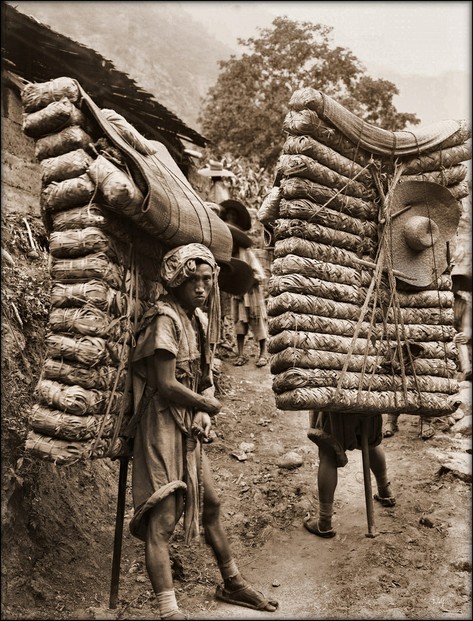
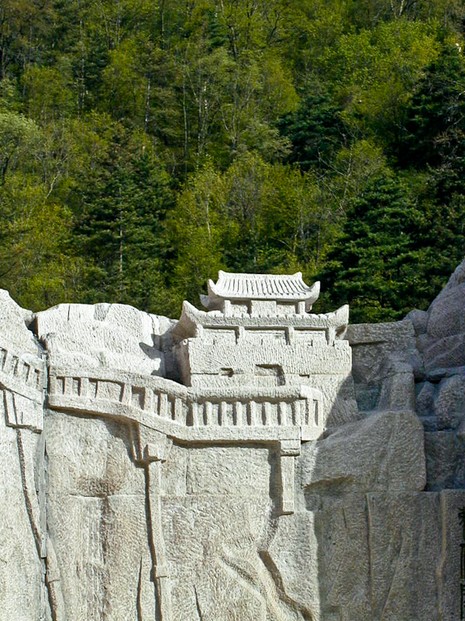
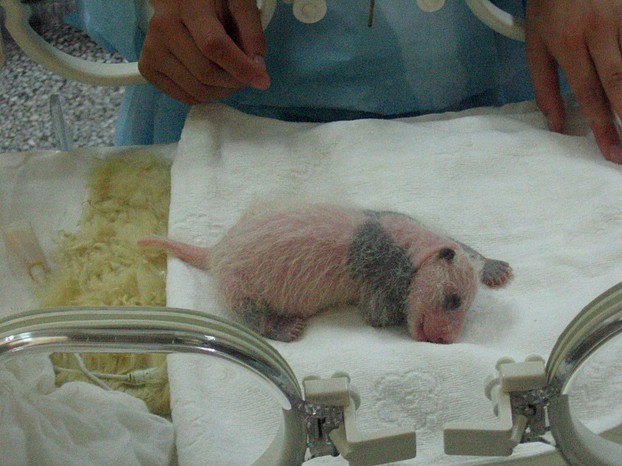
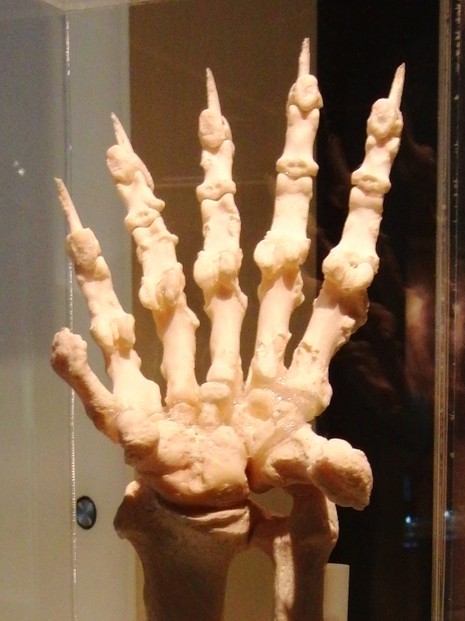
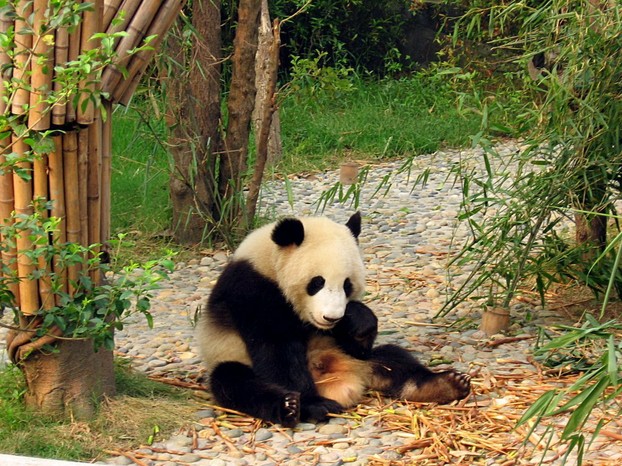
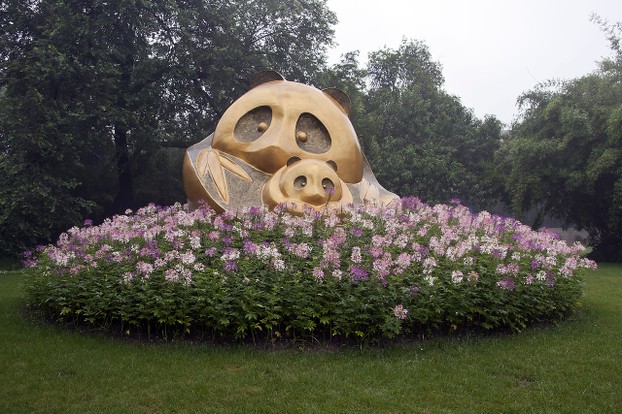
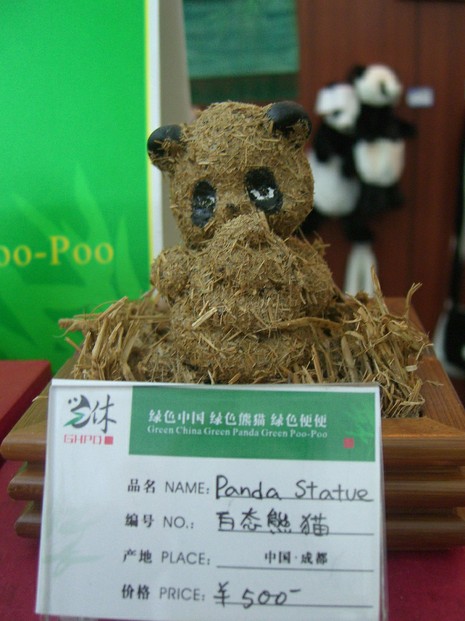
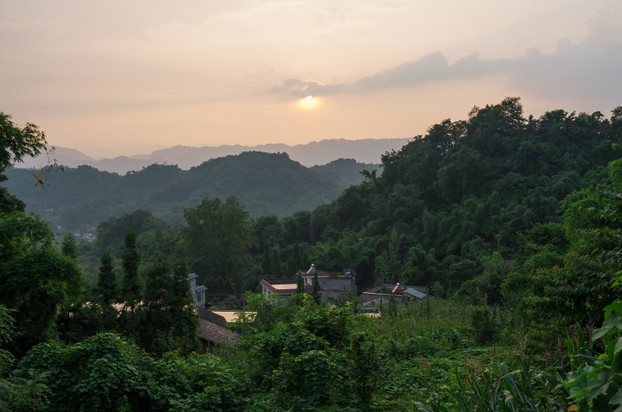
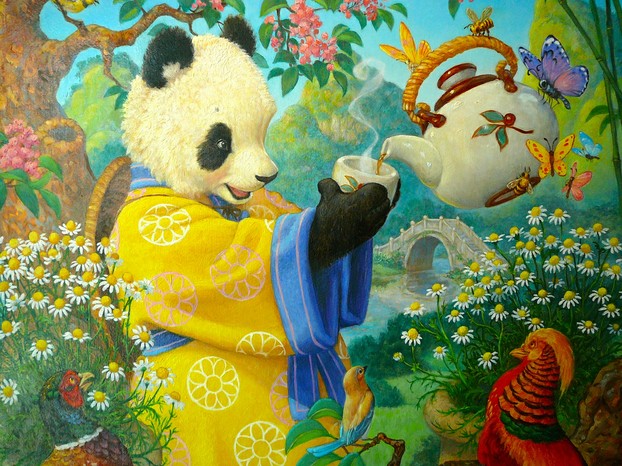
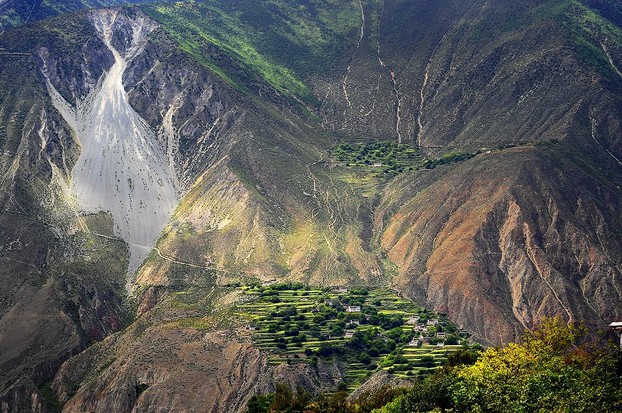















 Are Hawaiian Huakai Po Nightmarchers Avenging Halloween Thursday?on 10/02/2024
Are Hawaiian Huakai Po Nightmarchers Avenging Halloween Thursday?on 10/02/2024
 Mailing Addresses for 2023 Form 4868 Extending 1040 and 1040SR April 15, 2024, Due Dateon 04/15/2024
Mailing Addresses for 2023 Form 4868 Extending 1040 and 1040SR April 15, 2024, Due Dateon 04/15/2024
 Mailing Addresses for 2023 Forms 1040 and 1040SR Filed in 2024on 04/15/2024
Mailing Addresses for 2023 Forms 1040 and 1040SR Filed in 2024on 04/15/2024
 Mailing Addresses for 2022 Form 4868 Extending 1040 and 1040SR April 18, 2023, Due Dateon 04/13/2023
Mailing Addresses for 2022 Form 4868 Extending 1040 and 1040SR April 18, 2023, Due Dateon 04/13/2023

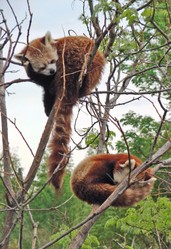
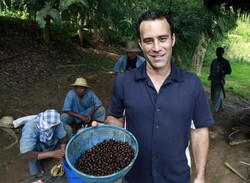
Comments
The introductory paragraph associates black compressed, green new-bud, oolong withered, puer fermented, white spring-picked, yellow slow-died teas with carnation, globe amaranth, jasmine, lily, marigold, and osmanthus blossoms into flower teas.
A display or a get-together could collect all possible combinations or the classic combination of the above blossoms and teas. It could cull not only green tea but also green organic panda dung tea with the former's classic combination or with all possible combinations.
Would they all work or would one work wonderfully, wondrously well?
For those wondering about Fei Fei the giant panda displayed at Tokyo's National Museum of Nature and Science:
The image of Fei Fei's left forelimb bone that appears as this post's fourth image (seventh from the bottom) was taken by Momotarou2012 at Tokyo's National Museum of Nature and Science and added to Wikimedia Commons Sunday, March 3, 2013.
The image of Fei Fei and Tong Tong as stuffed specimens at Tokyo's National Museum of Nature and Science was taken by Momotarou2012 Sunday, Dec. 9, 2012, and added to Wikimedia Commons Monday, Dec. 10, 2012.
Fei Fei passed away Wednesday, Dec. 14, 1994, according to "Giant panda dies at a Tokyo zoo," posted Dec. 14, 1994 by UPI (United Press International) news agency.
Old age is listed as the cause of Fei Fei's death. Described as "a Chinese-born male giant panda kept at Tokyo's Ueno Zoo," Fei Fei is estimated at 27 years of age, which equates to "around 80 years" in human age.
A "poor appetite" exhibited in October preceded Fei Fei's decline in health.
(UPI Archive URL @ https://www.upi.com/Archives/1994/12/...)
For those wondering about Fei Fei, whose forelimb bone is depicted in this post's fourth image (seventh from the bottom):
Fei Fei lived in the Ueno Zoo, Tokyo, Japan, according to the image of Fei Fei and Tong Tong, as stuffed specimens at the National Museum of Nature and Science, Tokyo, on Wikimedia Commons.
(https://commons.wikimedia.org/wiki/Fi...)
For those wondering about the bronze sculpture of mother and cub giant pandas at Chengdu Research Base of Giant Panda Breeding (this post's sixth image):
The bronze sculpture, entitled "Maternal Love," welcomes visitors at the entrance to the Chengdu Research Base of Giant Panda Breeding in Chengdu, Sichuan, southwestern China.
The sculpture is described as "the landmark" of the government-funded non-profit breeding and research institute by Top China Travel in the online travel agency's "What to see
Bronze statue of mother and son giant pandas."
(https://www.topchinatravel.com/china-...)
In September 1996 a replica of the sculpture was presented as a gift between sister cities (since 1987) from Chendgu Municipal Government, P.R. China, and Wang Rongxuan, Chengdu Mayor (October 1993-January 2001), to Phoenix, capital and most populous city of Arizona, southwestern United States, according to "Maternal Love -- Phoenix, AZ -- Figurative Public Sculpture" on Waymarking.com.
(https://www.waymarking.com/waymarks/W...)
The replica is sited in Margaret T. Hance Park in downtown Phoenix. The replica's bronze plaque, engraved in Chinese and English, states:
Chengdu, P. R. China – Phoenix, U.S.A.
Giant Panda – Maternal Love
Presented by Chengdu Municipal Government
September 1996
For those wondering about the giant panda series of children's books by Jon J. Muth:
The giant panda Stillwater series presently (October 2025) comprises eight children's books by American illustrator and writer Jon J Muth (born July 28, 1960):
Stillwater and Koo Save the World (2023)
Addy's Cup of Sugar (2020)
Zen Happiness (2019)
Zen Socks (2015)
Hi, Zoo! (2014)
Zen Ghosts (2010)
Zen Ties (2008)
Zen Shorts (2005)
For those wondering about Scott Gustafson's illustration of a giant panda (this post's ninth image):
Chicago,Illinois-based American artist Scott Gustafson (born Dec. 7, 1956) has illustrated magazines and children's books and has accepted commissions from companies such as Celestial Seasonings.
He illustrated the giant panda for the Chamomile Green Tea Box in the Celestial Seasonings product line.
He offers a "signed, archival print" of his original oil painting of the Celestial Seasonings Panda via his website (https://www.scottgustafson.com/misc-a...). The print is available as on "high quality, luster finish paper, protected in a clear plastic enclosure."
Very nice choices for favorites! They're both endangered and have beautifully furry light parts. It's definitely a clever move -- hopefully beneficial to the environment, the pandas, and the workers as well as to the inventor -- to associate the beloved giant panda with beloved organic tea (there are many "teapots with legs" throughout the world ;-]).
After polar bears, pandas are my favorite wild animal. Pandas AND tea? This teapot with legs thanks you. Hope Gusty enjoys her treats. ;-)